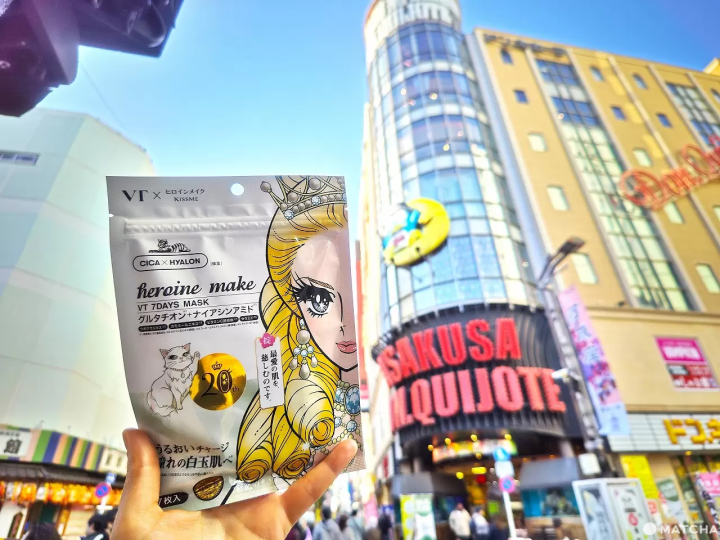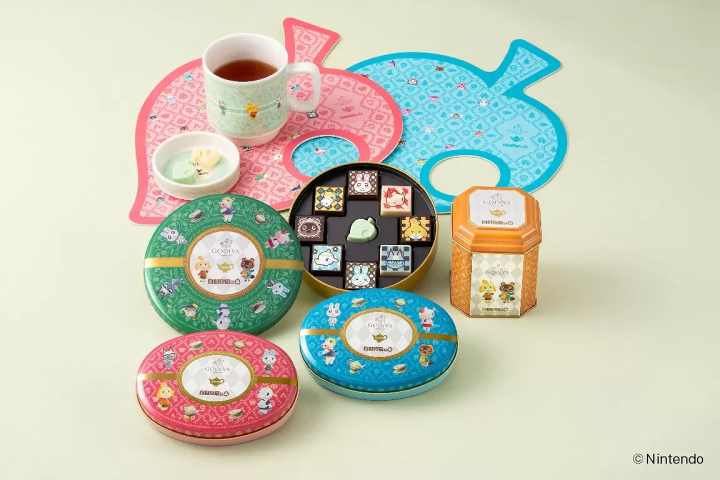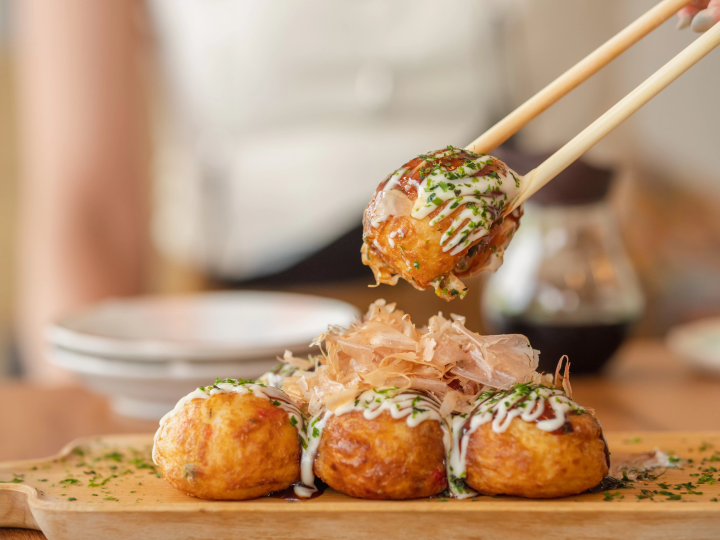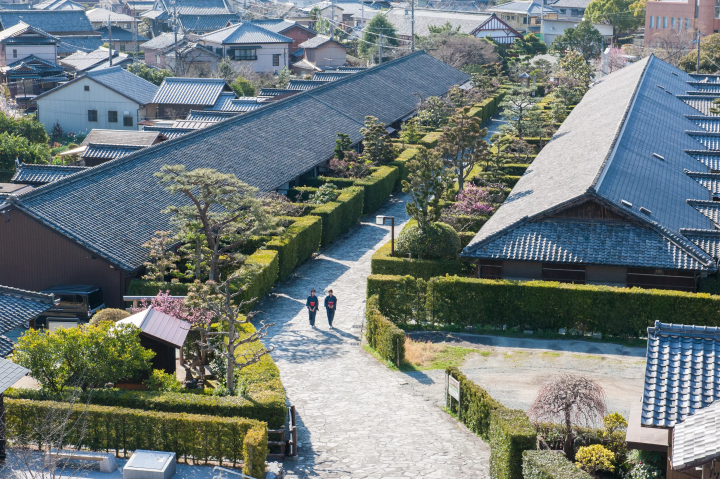Opening in spring 2025! Guesthouse " Honjin Sato Residence " on Gaisen Sakura Street in Shinjo Village

In the spring of 2025, the guesthouse " Honjin Sato Residence " will open in Shinjo- Shinjo , a post town along the Izumo Kaido, a travel route during the samurai period from 1603 to 1867.* The guesthouse, which is housed in a renovated 100-year-old traditional Japanese house and only accepts one group per day, will provide a stay that is close to village life.
*Edo period: A peaceful and culturally rich period that lasted 264 years when the Tokugawa clan ruled Japan. The samurai class played a central role in society, and it was a time when unique culture and traditions flourished.

In spring, a beautiful tunnel of cherry blossoms appears Gaisen Sakura Street (a cherry blossom-lined road) in Shinjo Village . This inn, located almost in the Chuo of the street, is located in a place where samurai from the Matsue domain once stayed while on their alternate attendance trips.
* Sankin-kotai: A system in which feudal lords in the Edo period would regularly travel between Edo (present-day Tokyo) and their own territories. This was a custom that characterized the lives of samurai and the political system.

At the entrance, seasonal flowers lovingly arranged by locals are displayed. This casual hospitality creates a warm atmosphere, making you feel as if you have been invited into a local home.

As you step into the doma*, you'll be greeted by a cool, comfortable atmosphere. This is the reception space where you check in. The counter, made from reused original furniture, is appealingly simple and unadorned.
*Doma: The dirt floor of a traditional Japanese house. It was a multi-purpose space where people took off their shoes and did work or housework.

The interior of the inn is centered around the shared spaces, and they are considering hosting workshops and other events in the future. Once you go up past the original front entrance, you will find a traditional Japanese space. It is built in the Shoin-zukuri style* with rows of tatami rooms, and traditional designs that give you a sense of history are found throughout, such as staggered shelves, a top closet, and a flat Shoin floor.
*Shoin-zukuri: one of Japan's traditional residential styles. A formal architectural style often seen in the mansions of samurai and wealthy merchants. Characteristic features include a tokonoma alcove, staggered shelves, shoji screens, and sliding doors.

The Sato residence once housed many paintings and calligraphy. The folding screens and sliding doors decorated with calligraphy and landscape paintings are artistic decorations that strongly evoke a Japanese atmosphere.

The tatami room facing the courtyard is used as a bedroom, and clean futons are laid out for you as soon as you arrive. The bedding is very clean and will ensure a comfortable sleep.

An old iron is placed in the tokonoma alcove* and has been transformed into a piece of interior decor that tells the history of the house.
*Tokonoma: A space in a traditional Japanese room used to display artwork, flower arrangements, calligraphy, etc. It has been considered an important place for entertaining guests and indicating the formality of the room.

Even strainers and baskets are creatively used to store amenities, and the ingenuity used to cherish old things and breathe new life into them can be seen everywhere.

The sake jars, which are reminiscent of the Sato family's former liquor store, are also part of the interior decor that adds color to the space.

The bathroom is tiled with a retro feel. Because this building was actually inhabited until about 10 years ago, basic facilities such as a water supply are comfortably provided.

Honjin Sato Residence offers unique lodging plans rooted in the village's history and daily life. Guests can harvest vegetables in the village's fields and cook them using the recipes provided, or choose the option to dine at a local restaurant. Various seasonal plans and events are also planned to convey the charm of Shinjo Village to visitors.
*Honjin: an official lodging facility in the Edo period where feudal lords and officials stayed when traveling to Edo for alternate attendance. This inn occupies a building that retains the remains of a historical honjin.

The inn is managed by Okitsu Miyu. She previously served as the first proprietress* of the Shinjo Sugai Residence, also located on Gaisen Sakura Street , and became independent in the spring of 2023. Using her four years of experience as a proprietress, she is taking on the challenge of running a guesthouse that draws out the potential of the historic building. "I want to make this a place where I can convey to visitors the charm of Shinjo Village that I felt while actually living there, and the things that the villagers cherish," she passionately shared her thoughts.
*Okami: A female manager in charge of an inn or guesthouse. She is responsible for welcoming guests and running the facilities.

[Guesthouse Honjin Sato Residence]
Location: 1166 Shinjo Village , Maniwa District, Okayama Prefecture ( Gaisen Sakura Street)
Check-in: 15:00, Check-out: 10:00 (negotiable)
Price: From 5,500 yen per person per Tomari(from 4,400 yen for consecutive Tomari)
Parking: 2 spaces
Okayama Prefecture is located in the Center of Western Japan and is known as the "Land of Sunshine" due to its warm climate and little rain throughout the year. It's conveniently located halfway between famous tourist destinations like Kyoto, Osaka, and Hiroshima! It's also the gateway to Shikoku via the Seto. Okayama is also known as the "Fruit Okayama," and the fruits that are sun-drenched in the warm climate of the Setouchi are of the highest quality in terms of sweetness, aroma, and flavor. You can enjoy seasonal fruits such as white peaches, Muscat grapes, and Pione grapes! Okayama is also home to world-class tourist spots, including Okayama Castle, Okayama Korakuen Garden, one of Japan's three most famous gardens, and Kurashiki Bikan Historical Quarter, which boasts history, culture, and art!
The contents on this page may partially contain automatic translation.





![Beer, shochu, and liqueurs you can only buy in Shinjo Village! 4 unique alcoholic beverages from the village [Okayama]](https://resources.matcha-jp.com/resize/200x2000/2024/04/02-175989.webp)

![10 Amazing Cherry Blossom Spots in Okayama: Famous Spots, Hidden Gems, and Best Time to See Them [2025 Edition]](https://resources.matcha-jp.com/resize/200x2000/2025/01/28-221293.webp)

























![[2026 Edition] FORMUAL 1 JAPANESE GRAND PRIX Information](https://resources.matcha-jp.com/resize/720x2000/2025/10/05-245984.webp)


![[2025 Update] Namba's spectacular illuminations! "Namba Hikari Tabi" with approximately 1 million shining lights](https://resources.matcha-jp.com/resize/720x2000/2025/12/12-252825.webp)